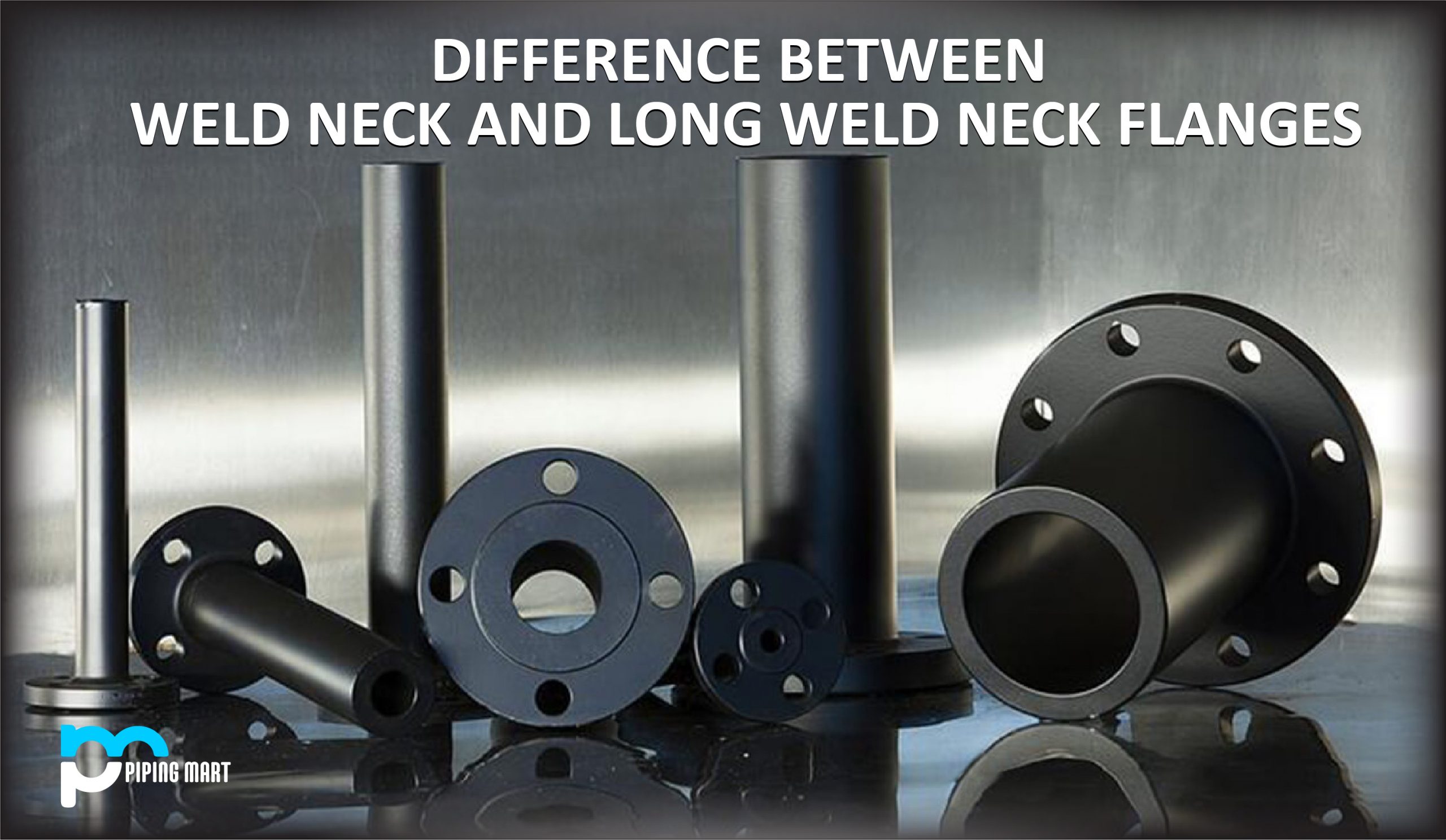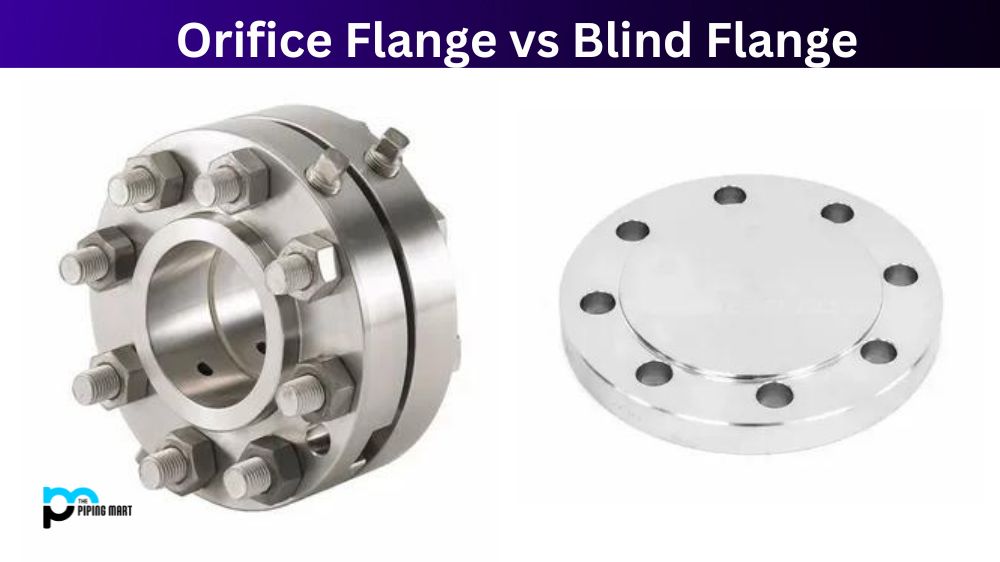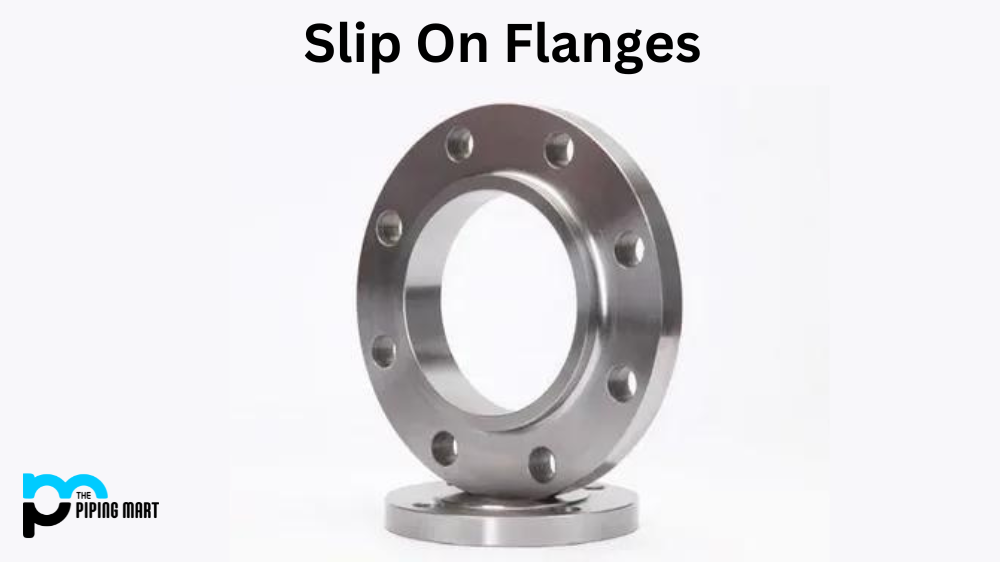Flanges are an essential part of piping systems. They play a significant role in connecting pipes, valves, and pumps for efficient fluid transportation. Two commonly used flanges are the Integral Flange and Weld Neck Flange. These flanges differ in their size, design, and applications. Therefore, it’s important to understand their differences to make the right choice for your piping system. This blog post will explore the difference between Integral Flange and Weld Neck Flange in detail.
What is Integral Flange?
Integral flanges are a type of pipe flange machined directly onto a pipe’s end. They feature internal (inside) and external (outside) threads and provide an excellent seal when connected to similar pipes or fittings. These flanges offer lower cost, increased strength, improved corrosion resistance and more predictable sealing than welded neck flanges.
What is Weld Neck Flange?
A weld neck flange is a type of pipe flange. It features a long tapered, pointed hub that extends from the base of the flange and is designed to be joined to pipes via welding. Weld neck flanges are often used in high-pressure systems or applications where vibration or extreme temperatures are present, as they reduce stress concentrations due to their tapered hub.
Difference Between Integral Flange and Weld Neck Flange
Design and Size
An integral Flange is a Flange that comes with a neck that extends the flange body. It has a compact design, which makes it suitable for tight spaces. These flanges are available in small sizes and pressure ratings. In contrast, the Weld Neck Flange has a long tapered hub that smoothly merges with the pipe. It has a heavier design and is available in larger sizes and pressure ratings. These flanges are suitable for high-pressure applications.
Manufacturing
Integral Flanges are made by forging or casting from various materials, including stainless steel and brass. They help save material and reduce costs by integrating the neck and Flange into one unit. Weld Neck Flanges, conversely, are usually formed from a flat disc of metal that is heated and then cut to size. The neck is then welded onto the flange base. Although they are more expensive to manufacture, they offer a better sealing surface.
Applications
Integral Flanges are used in low-pressure applications such as water and air transport and smaller chemical processing systems. They are also used in pneumatic control systems and hydraulic lines. In contrast, Weld Neck Flanges are used in high-pressure applications such as oil and gas, petrochemical, and chemical processing systems. They offer better sealing capabilities, increased strength, and improved stress distribution.
Cost
Integral Flanges are less expensive and offer a cost-effective solution for low-pressure applications. They are easy to install, require less welding, and save costs in materials and labour. On the other hand, Weld Neck Flanges are more expensive than Integral Flanges but offer better reliability, improved sealing, and higher pressure capabilities. The welding process involved in making these flanges is also an added cost.
Installation
Integral Flanges are easy to install, requiring less welding, bolts, and gaskets. They are often used in smaller and low-pressure systems, so the installation process is relatively straightforward. On the other hand, Weld Neck Flanges require a higher level of expertise as they need to be welded completely around the neck. This welding process is more time-consuming, requiring more bolts and gaskets.
Conclusion:
In conclusion, Integral Flanges and Weld Neck Flanges are used for different applications and have varying designs, manufacturing processes, and costs. Understanding the difference between these two flanges is essential in determining which type suits a particular application. Integral Flanges are a good choice if you need a cost-effective solution for a low-pressure system. Weld Neck Flanges offer better reliability and performance for high-pressure applications requiring better sealing, increased strength, and improved stress distribution. It is advisable to consult with an expert in piping systems to choose the appropriate flange type for your piping system.
Meet Heer, a dynamic and driven writer learning tricks of her trade in the metal industry. With a background in Digital Marketing, Heer brings a unique perspective to her writing, sharing valuable insights. Apart from blogging she like reading and hiking.




